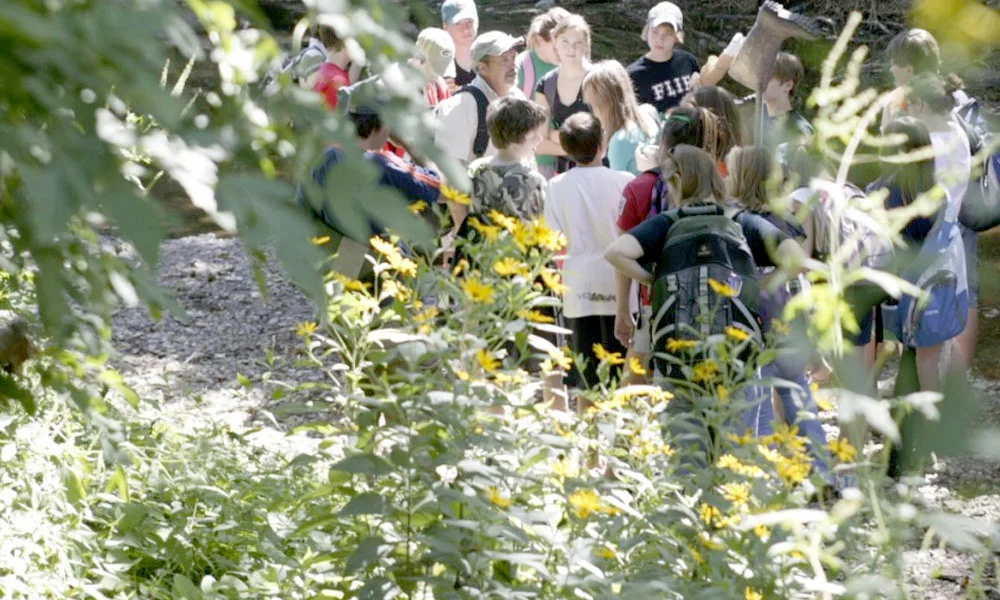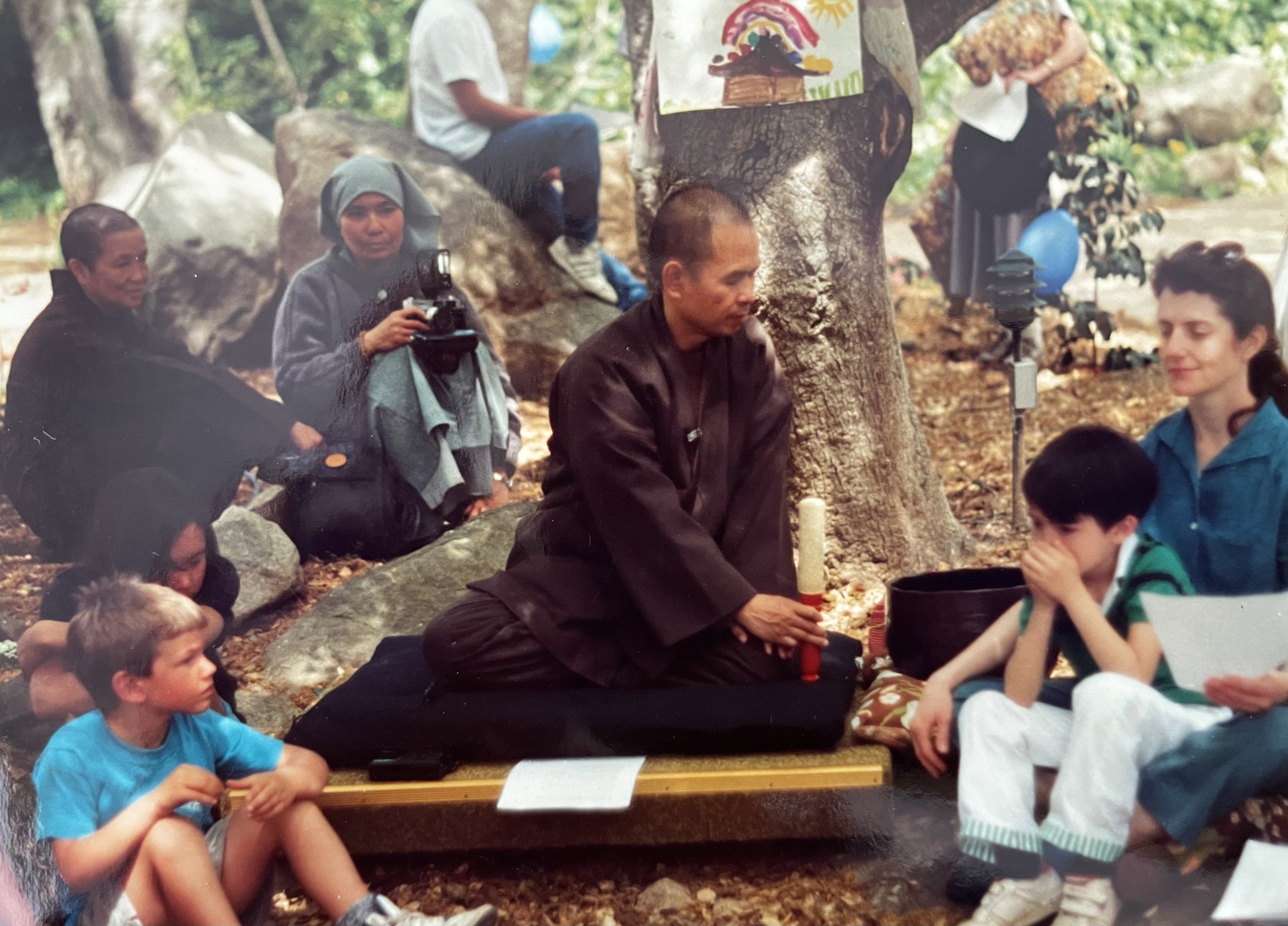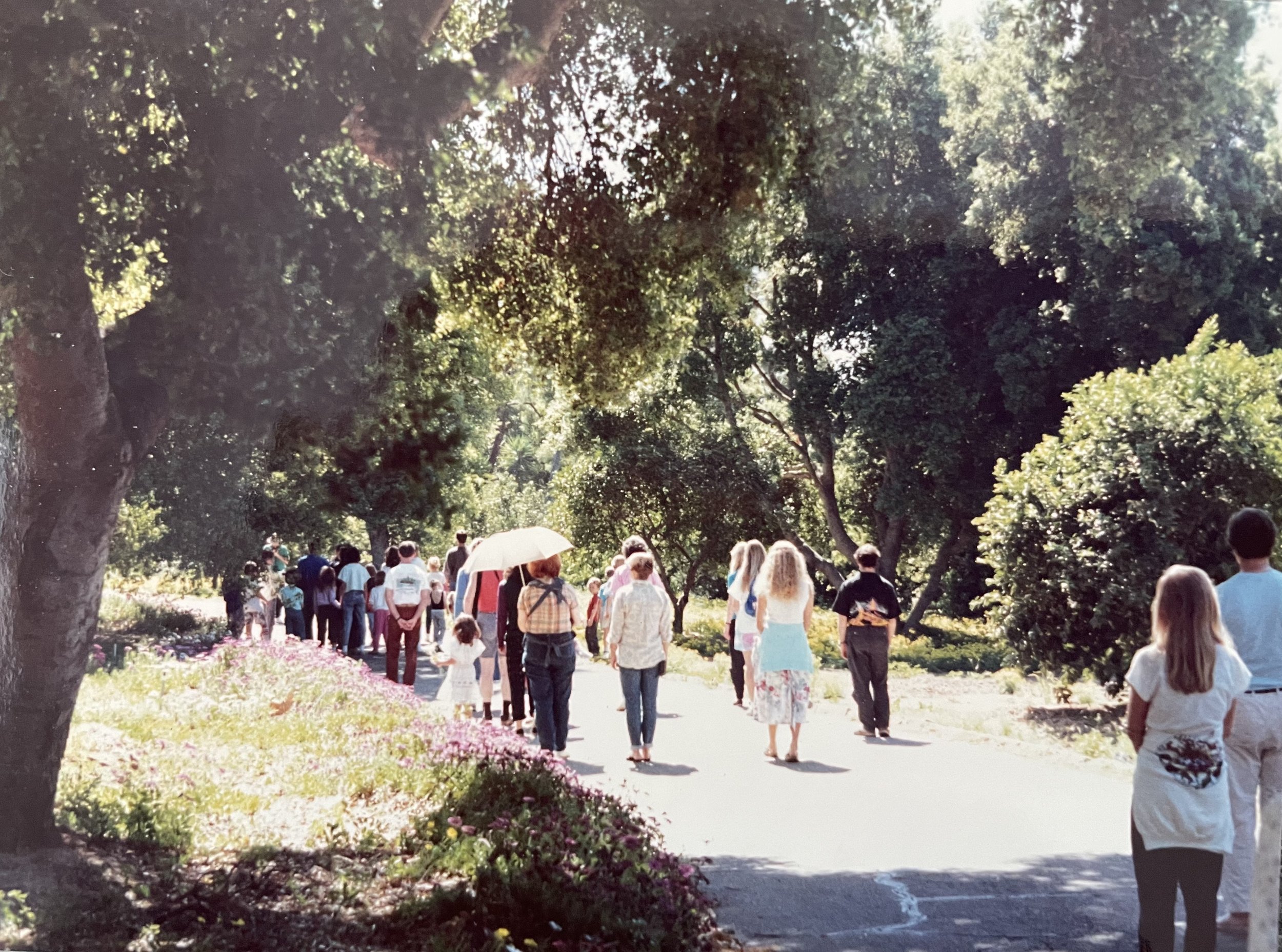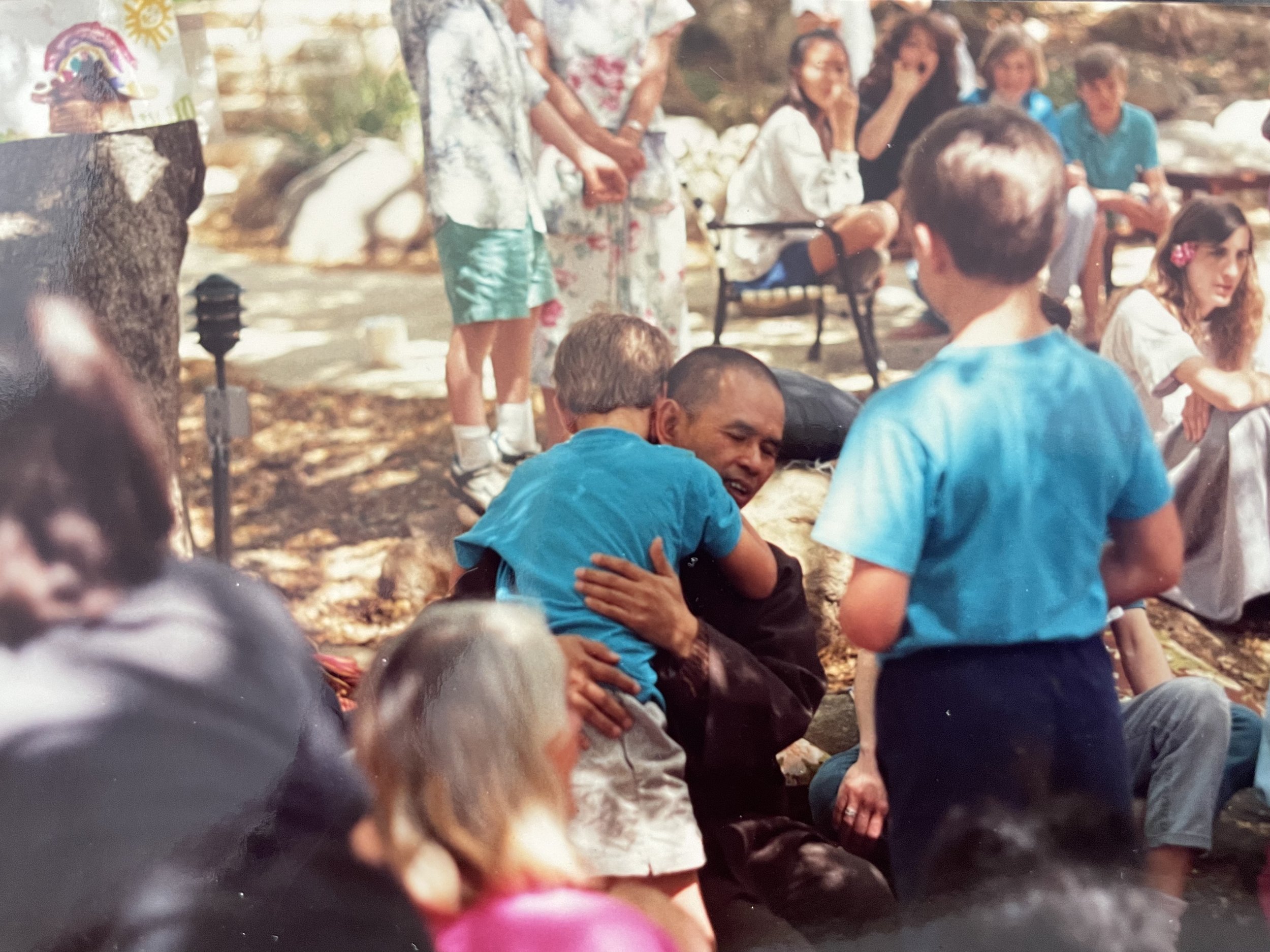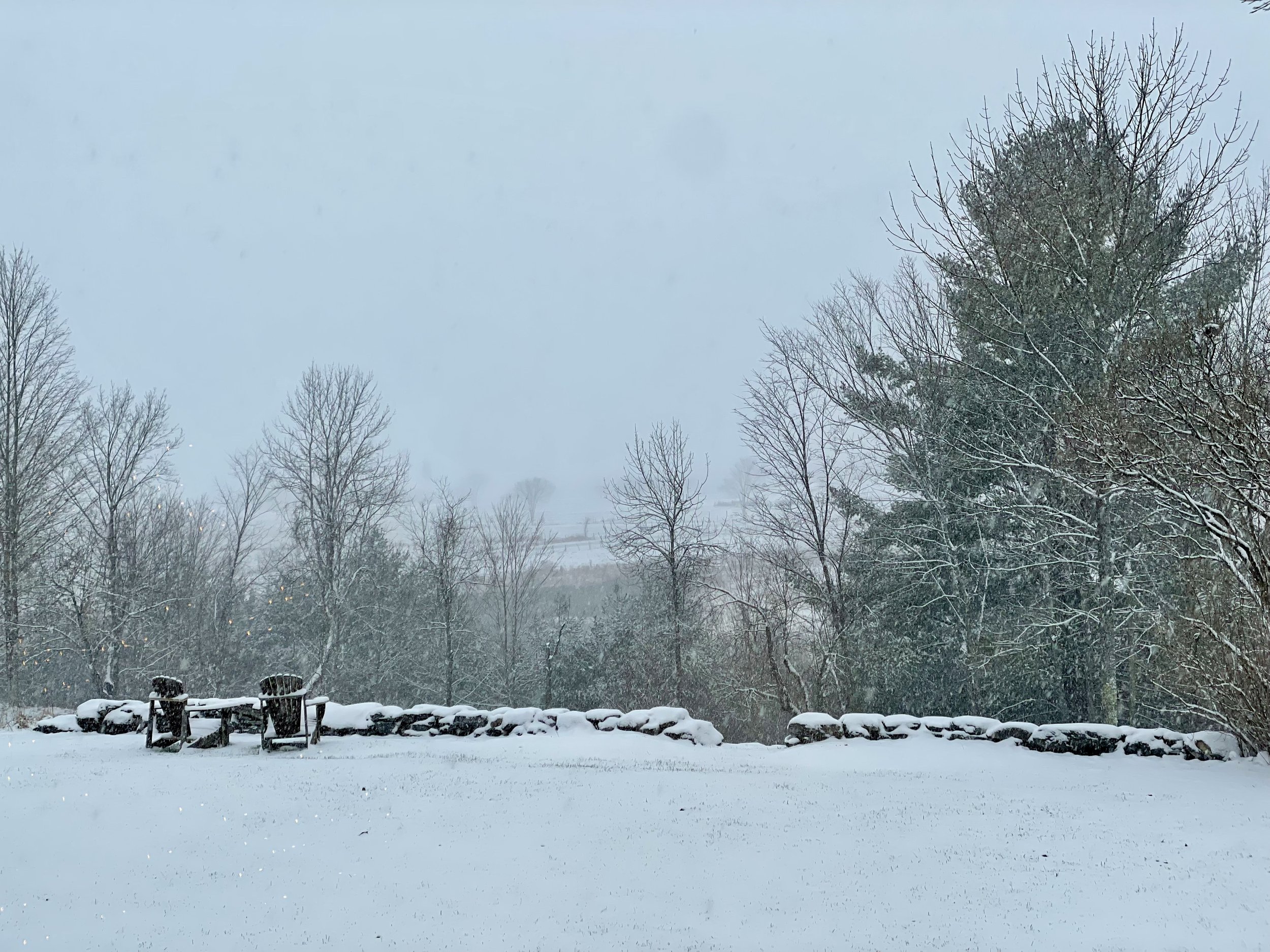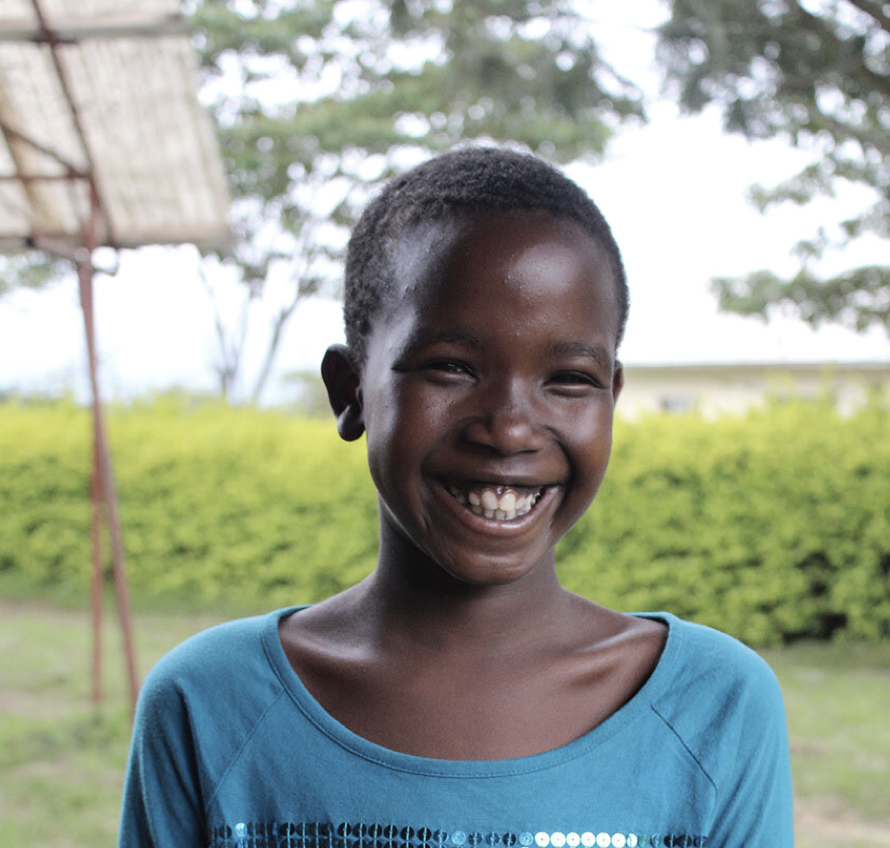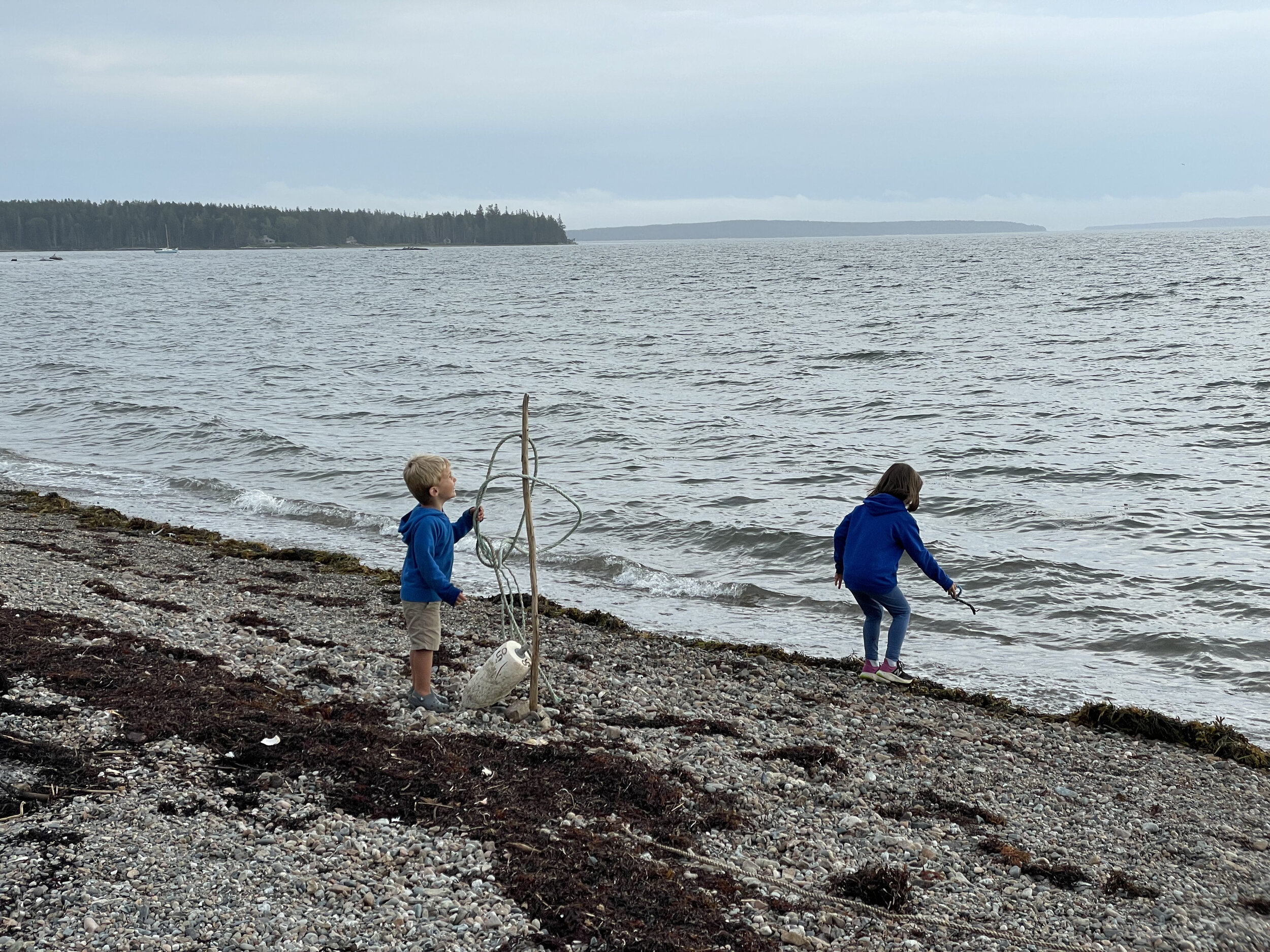Plum Village, France, Family Retreat, 1992
In March of 1989, Ashley and I set out from our home in Vermont with our two sons, Alden and Chris, ages five and eight, to points west. We planned to home school our children “on wheels” as we camped, visited friends and family, and the great national parks of the southwest and west. My mother had told us about a Vietnamese Buddhist monk named Thich Nhat Hanh who she had read about. She said that he held family retreats and that there would be one in Santa Barbara, California in early April. So we enrolled our family in this special five-day retreat. With Thich Nhat Hanh, or Thay as we called him (for “teacher”), we learned simple practices…counting ten smooth stones as we breathed, walking meditation, mindfully placing each foot on the earth in the orange groves surrounding the retreat center, tea meditations, bringing our awareness completely to sipping tea and tasting cookies, and sharing songs or poems. Along with the other children, our sons listened to Thay, rapt in attention, while he sat cross legged under trees in the shade and told stories of the Buddha’s life. Later Chris shared with us that he didn’t always understand the stories, but he loved listening to Thay’s voice. Thay walked with beauty and intention, touching the earth with presence and gratitude. He spoke softly and liltingly. We calibrated to his pace. We were all enchanted.
Thay ringing the bell, 1989, Casa Di Maria, Family Retreat, Santa Barbara
In 1992, after spending the year in Reggio Emilia, Italy, we made our way to Plum Village in France, Thay’s community established when he was exiled from Vietnam for speaking out against the war and advocating for peaceful solutions. At that time, there was an annual family retreat at Plum Village in August, usually for a month. For three summers, we went there for two weeks. It felt like an international family camp with adults and children from Europe, North America, Asia, Australia, and New Zealand. We walked among the sunflowers, played games, went for group walking meditation periods along the shaded paths, ate our meals outside beginning in silence and seeing each bite of bread or green bean as “an ambassador from the universe…holding the rain, the sun, the earth, the sky, the seeds, the farmers…all in one bite of nourishment.” Each of us had jobs that contributed to the well-being of all. We made friends that we still have for which we are deeply grateful.
Walking Meditation, Family Retreat with Thich Nhat Hanh, Santa Barbara, 1989
In those days, Thay was well known, but his following was not enormous. During that first family retreat in Santa Barbara, there were roughly 60 people, and at the summer family retreats in Plum Village, perhaps just over a hundred.
Thich Naht Hanh died on January 22, 2022 at midnight in Hue’, Vietnam, at the temple where he was ordained as a monk. He returned there three years ago, after suffering a stroke. In an email exchange yesterday, one of our friends from those early days, Roshi Joan Halifax wrote,
yes, Thay... now gone beyond.
I am grateful to have had such a close relationship with him for so many years.
Now his dharma is in all of us.
I am deeply grateful also. We were so very fortunate to have those early experiences with such a wise and compassionate spiritual leader and teacher. I love thinking that I am carrying Thay’s dharma with me, that it is inside me. What is Thay’s dharma?...our true nature as compassion, understanding, and love, our path of the practice of mindfulness, the teachings that reveal the truth and our true nature, in this case, Thay’s teachings which we absorbed in our young lives. Our young lives as parents, and our sons’ young lives as children.
Now, I hear Thay’s gathas everywhere. I heard my yoga teacher recite one this morning at the beginning and the end of class. A gatha is a song or verse used in meditation practice, and Wikipedia says that they were popularized by Zen Master Thich Naht Hanh.
In, out
Deep, slow
Calm, ease
Smile, release
Present moment,
Wonderful moment.
This is how Thich Nhat Hanh describes the meaning of this gatha.
“Breathing in, I know that I am breathing in. Breathing out, I know that I am breathing out. Breathing in, my in-breath has become deep. Breathing out, my out-breath has become slow.” Now we can practice, “Deep/slow.” We don’t have to make an extra effort. It just becomes deeper and slower by itself, and we recognize that.
Later on, you will notice that you have become calmer and more at ease. “Breathing in, I feel calm. Breathing out, I feel at ease. I am not struggling anymore. Calm/ease.” And then, “Breathing in, I smile. Breathing out, I release all my worries and anxieties. Smiles/release.” We are able to smile to ourselves and release all our worries. There are more than three hundred muscles in our face, and when we know how to breathe in and smile, these muscles can relax. This is “mouth yoga.” We smile and are able to release all our feelings and emotions. The last practice is, “Breathing in, I dwell deeply in the present moment. Breathing out, I know this is a wonderful moment. Present moment/wonderful moment.” Nothing is more precious than being in the present moment fully alive and aware.
Chris and Alden learning hugging meditation with Thay, 1989
Last night, we watched the last day of the ceremonies honoring Thay’s life in Hue’, Vietnam and Plum Village, France as well as other monasteries around the world. We watched as Thay’s casket was carried in a long procession of monks and placed inside a cremation structure. We watched as monks brought flames to start the fire. As the smoke curled around their faces, we listened to poems and songs shared by monks and nuns, and translations of letters written by Thay to his communities of monastic and lay practitioners. He wrote:
I am not in the stupa, (commemorative monument).
If I am anywhere, I am in your mindful walking and breathing.
Even today, I am still arriving as a bud about to blossom, or a tiny bird learning to sing in my new nest.
Do not stop the continuation of my ashes.
The Buddha, you and I hold each other’s hands, the beloved community, as we climb the hill of the century. You and I have never really been apart.
On the edge of the forest, the wild plum tree has burst into bloom.
Be a refuge. You are the continuation of the ancestral teaching.
I offer you great strength and energy.
Coming and going in freedom,
The wind still soars, earth opens to the clear blue sky.
Come home and relax in your mindful steps.
In an episode from the last few days, Krista Tippet replays a 2003 interview with Thay, and also several others who were present at a five-day retreat in Wisconsin lead by Thay that year. We hear from a female police officer, Cheri Maples, and a Black Baptist minister, Larry Ward. They speak about how they each were transformed in their work and life by Thay’s teaching. Please listen to this podcast and to the voices and wisdom of Thay, Cheri Maples, and Larry Ward.
And for we teachers, watch this film produced by teachers in Toronto and the organization wakeupschools.org of Plum Village. This piece was filmed during a retreat with Thay for teachers. Please watch this short, beautiful film and learn more about mindfulness in schools starting with teachers’ practice, insight, and happiness.
Many blessings to each of you. May you be safe and happy. May you be healthy and live with ease.
May you practice mindfulness as we climb the hill of the century as the beloved community that our ancestors, Thich Nhat Hanh, Martin Luther King Jr., bell hooks, and other wise and compassionate teachers have envisioned and lived their lives to show us the way.

